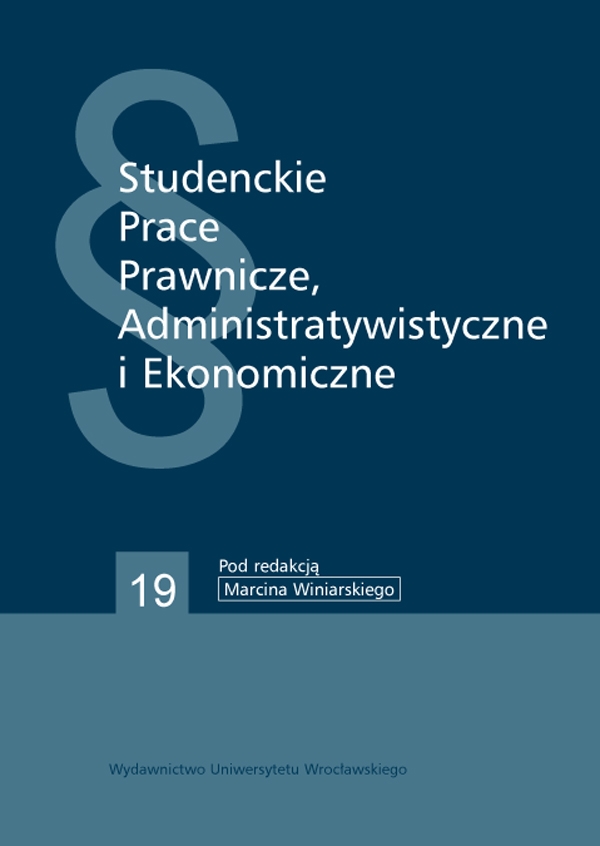

Artykuły

Economic features of monetary policy of countries in transition and their influence on unemployment rate of Ukraine
The aim of the article is to investigate the role of monetary policy in stimulating labor markets. The paper identifies instruments of monetary policy that affect labor market of countries in transition. The examined determinants are investment inflows, level of inflation and interest rate. Data were collected from the World Bank, the International Monetary Fund and the National Bank of Ukraine. The empirical results reveal that high interest rates of the countries in the EU are almost the lowest in comparison to those in transition economies, which reflects existing risk and instability of the economic system of countries in transition. Furthermore, the paper discovers gross capital investment to GDP per country and demonstrates Belarus leading in inflows of investment to the country. The research was conducted using the methods of theoretical explanations, descriptive and econometric analysis. The results of the empiric research have determined that for the period 2008–2016 asignificant relationship between refinance rate, amount of government securities and unemployment rate of Ukraine is observed. Consequently, Ukraine is provided with recommendations to decrease refinance rate for the purpose of stimulating inflows of investment to the country.